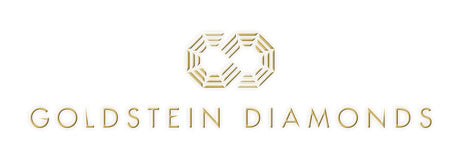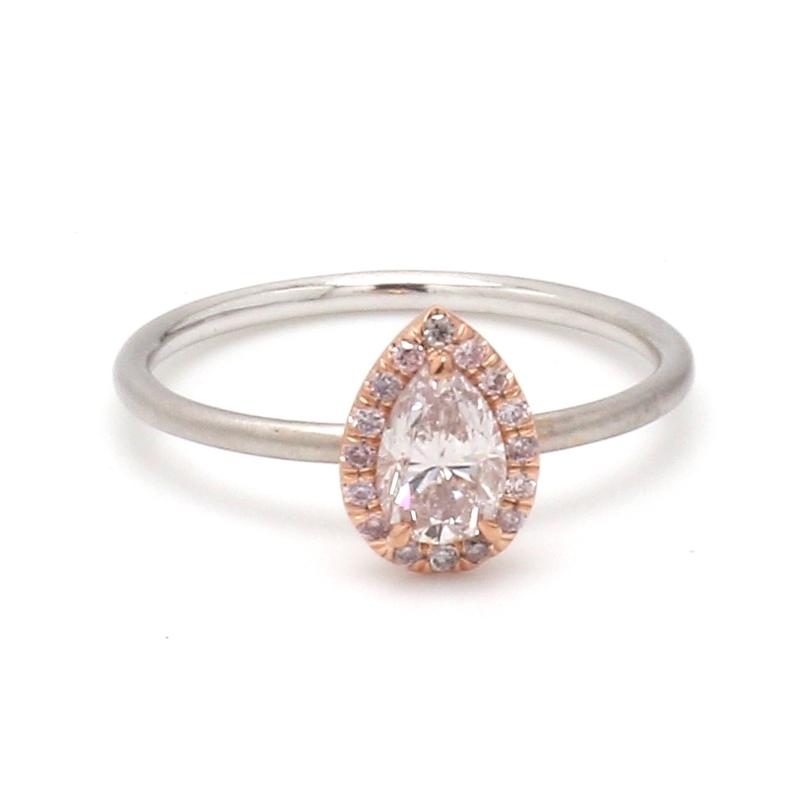All diamonds are not created equal
One thing that makes diamonds so exceptional and the need for a grading system is that each diamond is unique. They have different sizes, shapes, colors, and internal characteristics. Any polished diamond has value, some more than others, a lot more! But what makes some more valuable than others?
The value is based on several factors. Rarity is one that comes into play and can make a big difference in the price. However, rarity is difficult to measure. Certain qualities, such as size, and particularly color, can make a diamond rare.
What can be measured more precisely is four established essential factors. Professional jewelers use a systematic way, a grading system, to evaluate a diamond's quality based on - Clarity, Color, Cut, and Carat Weight.
Diamond Clarity refers to the absence of inclusions and blemishes, and not the color. You may have a blue of a red diamond, but it will be worthless if it has a low clarity rating. Although you have a colored diamond, you may have something as they can be worth a lot of money due to their rarity.
Diamond Color Means Lack of Color
Historically, the evaluation of most diamonds focused on the absence of color. Grading systems and methods used for this purpose was not clearly defined, standardized, or consistently applied before the 1950s.
In the late 19th century, the color was considered a diamond's most important value factor. Still, the naming conventions in use at the time placed color in a variety of categories that were general at best.
For example, jewelers often described a diamonds' color using terms as "River" or "Water" for the most colorless diamonds. Or by association with a geographic location from which similarly colored diamonds came, such as:
- "Wesselton" and "Top Wesselton" for near-colorless diamonds traditionally associated with the Wesselton mine.
- "Cape" for pale yellow diamonds from the Cape of Good Hope region.
- "Jager" for colorless diamonds with strong fluorescence such as those typically recovered from the "Jagersfontein" mine in South Africa.
Today, this lack of color is expressed worldwide in a grading system introduced by the Gemological Institute of America (GIA) more than 67 years ago. Richard Liddicoat, who became the executive director of GIA in 1952, created a full diamond grading system. He taught this new system for the first time in 1953 to jewelers in classes around the United States.
The ranges of color still used today go from D (colorless) to Z (light yellow). With the acceptance of this system, color grade has become a critical component in the valuation of diamonds, leading to historic highs at the top end of the scale.
Diamond Color Chart

Light Source Testing for Diamond Color and Fluorescence
Grading a diamond’s color has to be done very carefully and with a controlled process. The color of a diamond, as the eye sees it, may be affected by:
(1) the comparative amount of the various spectrum colors which it disperses, and
(2) the color of the light reflected from the sky, walls, ceiling, or other objects.
Upon examination by transmitted light against a white, neutral gray, or black background, the diamond's actual color is observable. The resulting appearance is known as body color.
However, suppose the colored reflections (2) fall upon those surfaces of the diamond, which are toward the eye. In that case, the actual body color may not be observable. If colored reflections fall upon a white background against which the diamond is being examined, they will also affect the body color.
Since at least the 1970s, millions of diamonds have been graded using fluorescent lighting at the GIA. Now it has become the standard in the diamond industry.
The GIA, to ensure consistency in the grading system, proposed changes in lighting are thoroughly tested. Someone must evaluate the grading methodologies' potential benefits against the possible damage caused if subsequent color grades were inconsistent with earlier ones.
The technical specifications for the lighting used for D-to-Z color grading at GIA are precise to ensure consistent grading results. The technical requirements include the fluorescent lamp's size, the light's intensity, how far from light the grading tray is, and many other technical specs.
The grader lays out diamonds in a row from a set of master stones from each color grade. The submitted diamond is moved down the row, comparing where it falls in the color grade spectrum.
The next step is to look at the diamond under Ultraviolet lighting for any signs of fluorescence. Diamonds with fluorescence will glow or radiate a blue, white, yellow, green, or even a red color in the presence of UV light. About 30% of all gem-quality diamonds will exhibit fluorescence from trace elements naturally in a diamond.
The visual complexity and often too subtle color of a polished diamond can make the grading of color very challenging. To ensure that the most accurate color and fluorescence grades are assigned, several graders will judge the submitted diamond. Each grader does not know what grade the others gave the diamond. When there is an agreement between individual graders, the color grade is assigned.
When color is desirable
While most people saw the ultimate diamond as entirely transparent and colorless, colored diamonds have gained popularity in the last few years. Nature does occasionally produce colored diamonds. These "fancy color diamonds" include blue, brown, pink, deep yellow, green, or red gemstones.
Colored diamonds like pink diamonds or blue diamonds (such as the Hope Diamond) can be much more valuable than colorless stones. Red diamonds are the rarest of all. Add a high carat weight to a blue or red-colored diamond, and it will be extremely expensive.
Blue diamonds are scarce, with only one found once a year. A rough 777 carat stone from the South African Premier Diamond Mine, the world's largest blue diamond supplier, was found and cut to a weight of 27.64 carats. Now famous as The Heart of Eternity, it is valued at around 16 million dollars.
The Heart of Eternity diamond is a bargain compared to the Hope Diamond, though, a 45.42-carat Fancy Dark Gray-Blue diamond, valued at 200-$250 million! The high value is also due to its historical significance, another feature of a gemstone that can increase its value.
If you are looking for diamond jewelry or loose diamonds, have them graded or make sure they have a GIA Diamond Grading Report. There are also other trustworthy labs, including AGS, IGI, EGL, GSI, and HRD.
Different certification labs will give different results as grading is subjective, despite the extensive standardization. The GIA and AGS are the most consistent grading labs.


